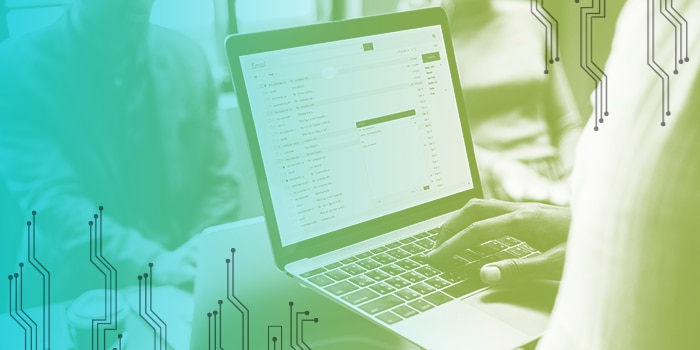Achievable ITIL Goals
No organization is beholden to a specific set of rules with ITIL. It’s a framework, and the goal is to integrate that framework into organizational practices. It won’t solve problems immediately upon adoption, and it’s impossible to push ITIL into the entire organization overnight. But, many ITIL principles still apply to evolving service management needs. The difference between an incident and a problem, for instance, and the ability to connect incidents to problems will always apply to any form of service. Putting processes in place to find patterns and relationships between incidents can improve efficiency for any department, on any level of service. The service catalog creates a streamlined service delivery process for any part of the organization that chooses to use it. Uniform change management processes create visibility and routine in rolling out changes, then tracking and comparing them. The point is, start small. If you’ve created a service catalog for IT requests, and employees are using it to submit requests, that’s a win. Next, maybe there are purchase order processes that can be included. Add those, work out the kinks, and perfect it. Track the effectiveness of these small implementations and adjust them accordingly, and stick with it. You may not be able to push ITIL best practices into service requests and changes for all departments, right away, but you can focus on small wins and work your way up.Continual Service Improvement (CSI)
The final stage of the ITIL lifecycle is perhaps the most important in the context of fitting ITIL into the modern organization. Continual Service Improvement says that performance is constantly measured and improved according to changing business goals. Maybe you’ve created an ITIL-aligned initiative for service requests from a new department. It makes sense on paper. It looks good upon implementation. But, this doesn’t mean you walk away from it. It doesn’t mean you should review it in six months or a year. CSI says you should identify the immediate goals, and immediately measure your success. Every change, process, practice, and workflow you introduce could impact both employees who need service and technicians who provide service. It’s important to measure the effects on both requesters and providers, as quickly as you can. Even if it looks perfect when you build it, and even if it looks effective after a week, a month, or a year, there will come a time when it needs an adjustment to better align with business needs. Never stop checking and measuring performance.Leverage New Technology
Today’s ITSM tools offer a variety of options for automations, and they’re beginning to incorporate artificial intelligence and machine learning to help employees provide complete and accurate requests. This is great news for service providers who want to help employees access quick, effective service, or even self-service options. It’s also true the today’s most popular and effective tools for ITSM are designed to meet ITIL standards and best practices, but the latest version of ITIL (2011) wasn’t written with some of this modern technology in mind. It’s up to the IT service desk to leverage new technology to drive toward defined goals through ITIL. One common complaint about ITIL processes is that they tend to be overly bureaucratic, approaching overkill in some cases. The nice thing about new technology is that it can help remove human involvement from ITIL processes. AI and automations can assist in incident management, service delivery, knowledge base application, and predictive analysis for problems and necessary changes -- all of these are pillars of ITIL. With the help of this new technology, some of these processes that have been thought of as overly bureaucratic can be largely automated or predicted through machine learning, removing the bureaucracy.The expectation for today’s internal service is that it will apply broadly to all employees, giving them the consumer-like experience that enables them to do their jobs without disruption. It’s a tall order, and it’s drastically broadening the scope of the service desk’s role in the organization. It’s an opportunity for leaders in IT to take some of the successful principles from ITIL and apply them to the modern employee needs. If you’d like more specific ideas on transforming ITIL to fit the modern organization, download our white paper.








